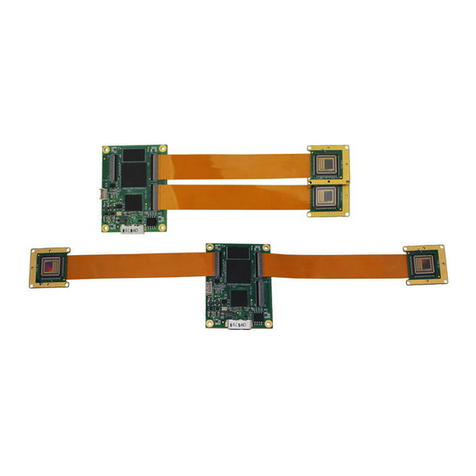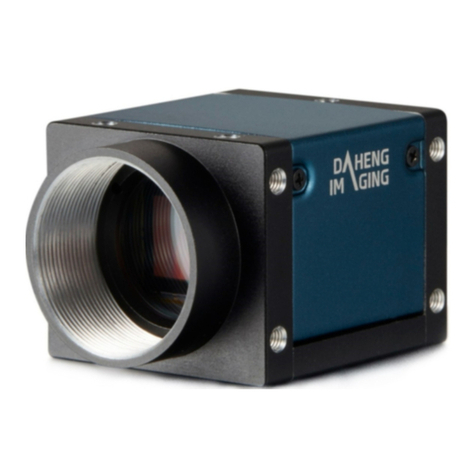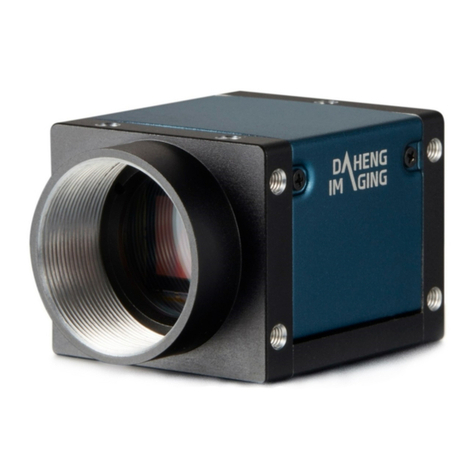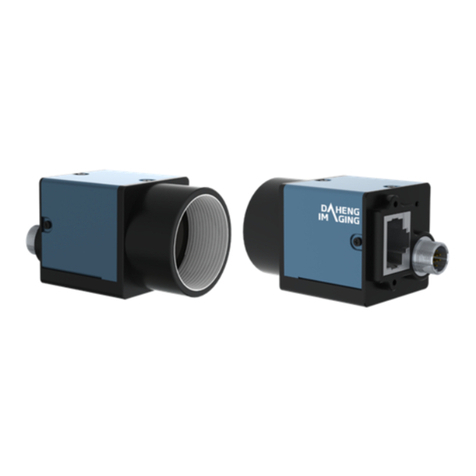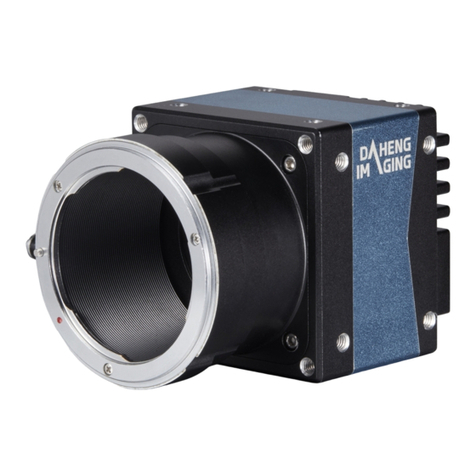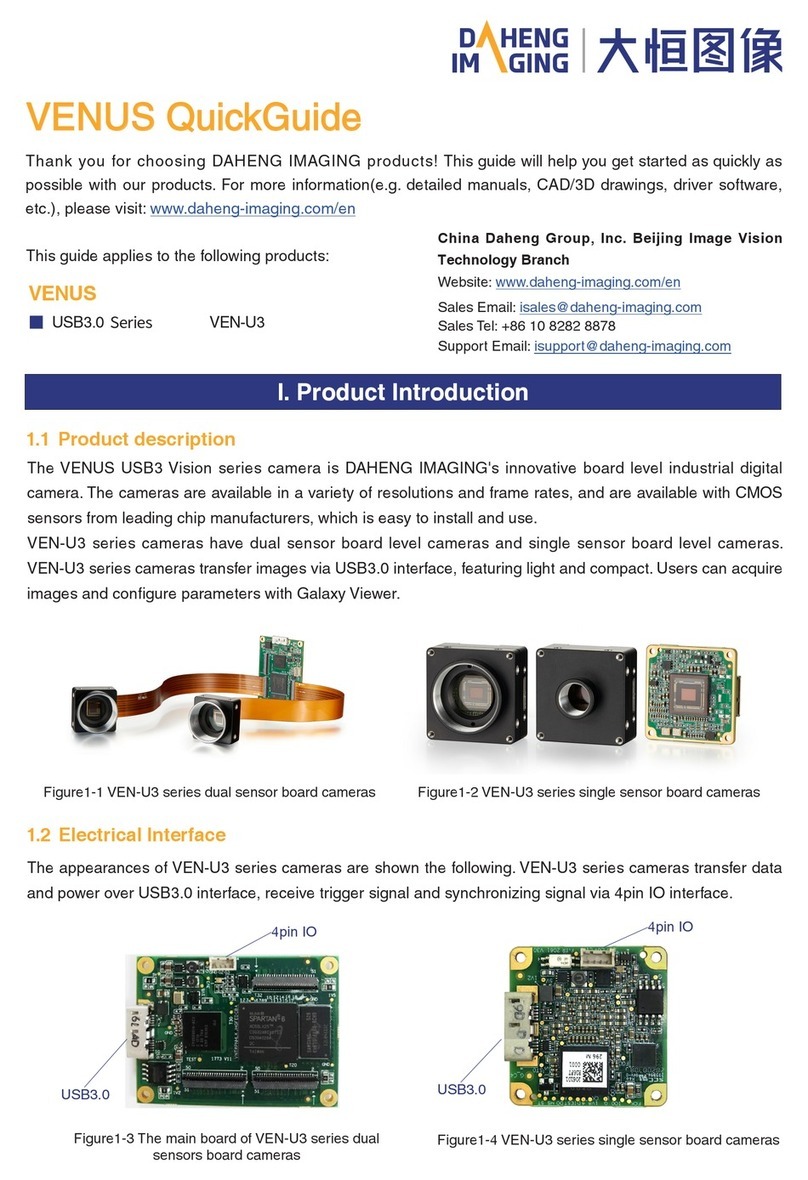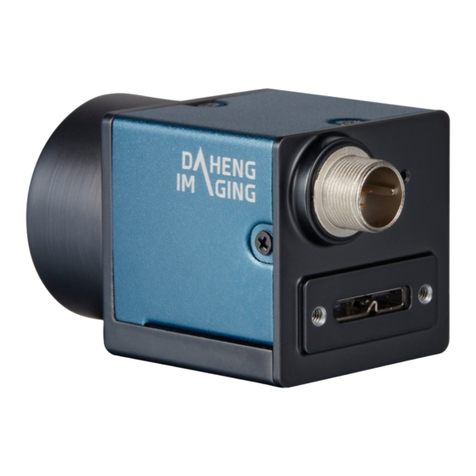
© China Daheng Group, Inc. Beijing Image Vision Technology Branch III
8.3.6. Lookup Table................................................................................................................... 59
8.3.7. Test Pattern..................................................................................................................... 60
8.3.8. User Set Control ............................................................................................................. 61
8.3.9. Device User ID................................................................................................................ 64
8.3.10. Timestamp .................................................................................................................... 64
8.3.11. Binning.......................................................................................................................... 64
8.3.12. Decimation.................................................................................................................... 67
8.3.13. Reverse X and Reverse Y............................................................................................. 69
8.3.14. Digital Shift.................................................................................................................... 70
8.3.15. Acquisition Status.......................................................................................................... 72
8.3.16. Black Level.................................................................................................................... 72
8.3.17. Remove Parameter Limits............................................................................................. 73
8.3.18. User Data Area ............................................................................................................. 74
8.3.19. Timer............................................................................................................................. 74
8.3.20. Counter......................................................................................................................... 75
8.4. Image Processing.................................................................................................. 76
8.4.1. Color Transformation Control.......................................................................................... 76
8.4.2. Gamma........................................................................................................................... 78
8.4.3. Sharpness....................................................................................................................... 79
8.4.4. Lookup Table................................................................................................................... 80
8.4.5. Defect Pixel Correction ................................................................................................... 81
8.5. Image Transmission.............................................................................................. 81
8.5.1. Calculate Frame Rate..................................................................................................... 81
8.5.2. USB Interface Bandwidth................................................................................................ 82
8.5.3. DeviceLinkThroughputLimit............................................................................................. 82
8.5.4. Camera Acquisition Time ................................................................................................ 83
8.6. Events ................................................................................................................... 83
8.6.1. ExposureEnd Event ........................................................................................................ 85
8.6.2. BlockDiscard Event......................................................................................................... 85
8.6.3. BlockNotEmpty Event ..................................................................................................... 85
8.6.4. FrameStartOvertrigger Event.......................................................................................... 85
8.6.5. FrameBurstStartOvertrigger Event.................................................................................. 85
8.6.6. FrameStartWait Event..................................................................................................... 85
8.6.7. FrameBurstStartWait Event............................................................................................. 85
9. Software Tool.................................................................................................................86
9.1. LUT Create Tool .................................................................................................... 86
9.1.1. GUI.................................................................................................................................. 86
9.1.2. User Guide...................................................................................................................... 87
9.1.2.1. User Case ................................................................................................................ 87
9.1.2.2. GroupBox ................................................................................................................. 87
